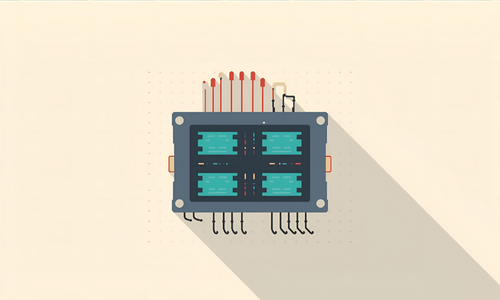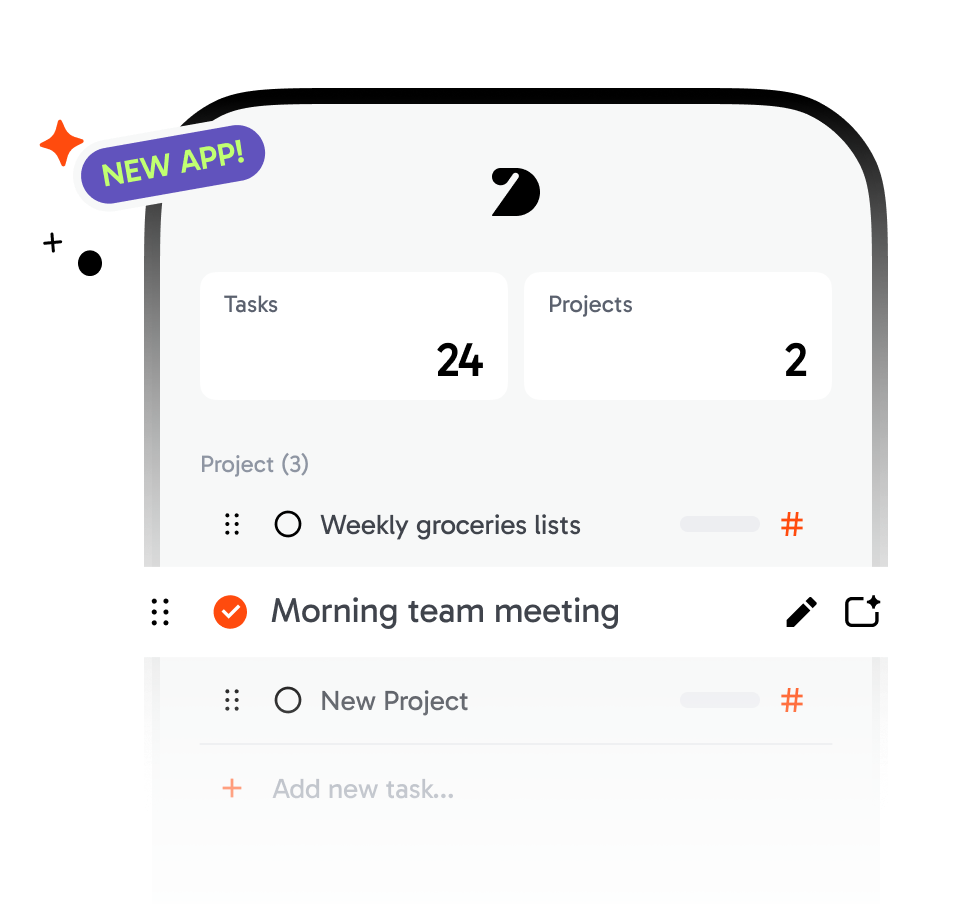PLCs Unwrapped: Your Go-To Guide for Programmable Logic Controllers


What Is a Programmable Logic Controller?
In contrast to an industrial digital computer used to control specific processes, a PLC finds application in assembly lines and HVAC systems. Unlike the old relay-based control systems, wherein updates necessitated rewiring circuits, PLCs allow a flexible use of software for updating programming without any rewiring necessity.
Key Benefits Include:
- Real-time monitoring: Indicating possible operational anomalies if detected early.
- Connectable to SCADA systems: Connects to supervisory control for possible centralized monitoring.
- Predictive maintenance readiness: Data, collected for trend analysis and equipment failure forecasting.
- The benefit this brings to facility managers here is distancing reactive troubleshooting from strategic planning.
PLC: Programming and Industrial Automation
One of the strengths of a Programmable Logic Controller is in its programming. The programming of PLCs allows technicians to set the control sequence as per the requirement. Popular programming languages are Ladder Logic and Structured Text which continue to allow freedom in application across all industrial practices.
Recommendations for Better PLC Programming Include:
- Record all changes to a program for reference, compliance, or troubleshooting.
- Use modular programming blocks to make future changes much more straightforward.
- Run a simulation of the program before actual use to reduce errors.
- Some practices like the above can reduce errors and increase plant efficiency when applied along with Industrial Automation PLC systems.
Improving Maintenance with PLC Control Software
PLC control software empowers maintenance departments with insights into machinery performance. Using this software, any abnormalities in monitored variables temperature, pressure, motor load can be flagged for predictive maintenance, thus avoiding the costly burden of downtime.
Equally, linking these insights to SCADA Systems provides real-time visibility into performance across the plant and helps locate anomalies before they're excess.
Actionable Suggestions Include:
- Ability to automatically trigger an alert when critical thresholds are reached.
- Carry out periodic diagnostics to keep track of wear on components.
- Integrate PLC data with maintenance management tools like OPMAINT for efficient record-keeping.
- Such a strategy decreases the chances of abrupt failures and promotes better spare part inventory management.
PLCs Application In Actual Practice
A programmable logic controller is versatile and can find applications in various fields:
Manufacturing: For automating assembly lines, conveyor belts, and robotic arms.
Food & Beverage: For monitoring temperature-controlled environments, packaging lines, and mixing processes.
Retail & Facilities Management: For controlling HVAC systems, lighting schedules, and security monitoring.
When facility managers understand these applications, they can prefer PLC upgrades and optimize operational workflows, technology investments matching business outcome goals.
Advanced PLC Features for Future-Proofing Your Operations
Modern PLCs do more than automating processes; they offer advanced connectivity with SCADA systems, Internet of Things devices, and Enterprise Resource Planning platforms. Facility managers can now track business operations in real time, implement Predictive Maintenance, and optimize inefficiency before it spirals out of control. Many PLCs are connected to a network that enables their operation remotely, which is excellent for industries that require no downtime and sites where operations go on round the clock. With such advances in PLC technology, one can be sure that the investment will certainly keep the automation architecture scalable, efficient, and future-ready.

Cost Efficiency and Operational ROI from PLC Implementation
Most PLCs yield direct investments from the reduced dependency on labor; less human error; as well as constant quality of all products. In conjunction with a maintenance platform such as OPMAINT, they assist in asset performance tracking, optimize spare parts management, and schedule proactive maintenance, resulting in minimized downtime, prolonged equipment lifetimes, and, overall a productivity gain that speaks in favor of PLCs as one of those strategic investments meant for increasing operational efficiency and cost savings.
Why Choose OPMAINT for Streamlined PLC Management
In investing in programmable logic controllers, there is a focus not just on automation but rather a focus on empowering operations teams to reduce downtime, ease maintenance, and ramp up productivity. PLCs are the backbone of contemporary industrial operations in terms of programming, SCADA integration, predictive maintenance, and software insights.
Click here to Book a Demo with OPMAINT and see how the platform assists in maintenance management while using PLC data to keep operations running smoothly and efficiently.


.png)
